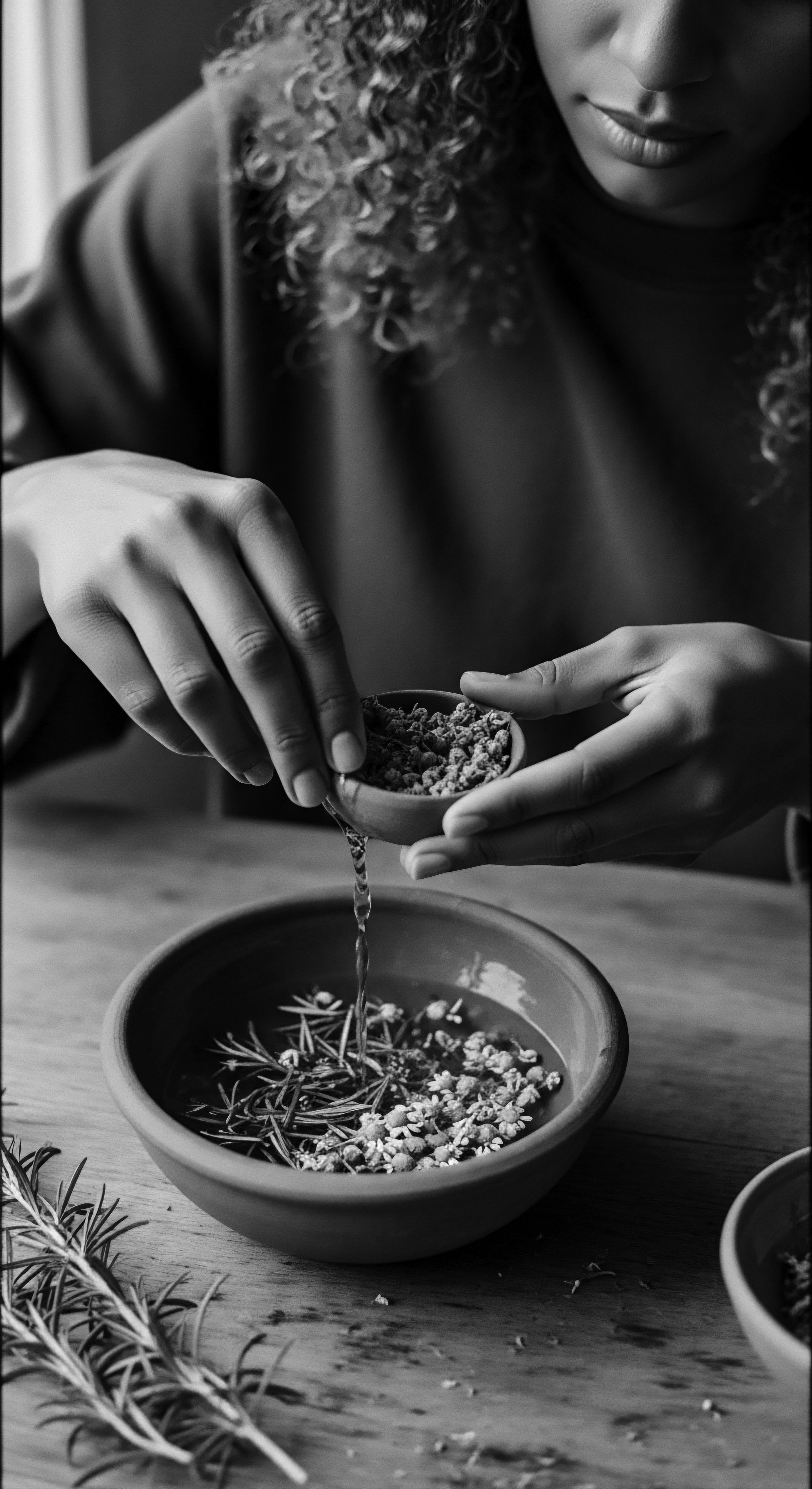
Fundamentals
Within Roothea’s ‘living library,’ where each strand of textured hair tells a story, the 18-Methyleicosanoic Acid, affectionately known as 18-MEA, stands as a quiet, yet mighty guardian. This organic compound, a unique branched-chain fatty acid, serves as a primary constituent of the hair’s outermost protective layer. Its very presence on the hair’s surface forms a hydrophobic shield, repelling water and providing a natural lubrication that allows hair strands to move freely without excessive friction. This initial understanding sets the stage for appreciating its deeper significance, especially for hair types that carry the legacy of ancestral wisdom and diverse textures.
The physical integrity and sensory experience of hair, such as its smoothness and ease of combing, are directly influenced by the well-being of this delicate outer coating. When this protective layer remains intact, hair fibers align with greater ease, creating a harmonious cascade of curls, coils, or waves. Its role extends beyond mere aesthetics, acting as a boundary lubricant that reduces the resistance between individual hair fibers, preventing entanglement and breakage. The maintenance of this intrinsic component holds a special resonance for those whose hair embodies a rich heritage, requiring care that respects its innate architecture.
18-MEA acts as a foundational shield for hair, preserving its natural alignment and guarding against environmental stressors.
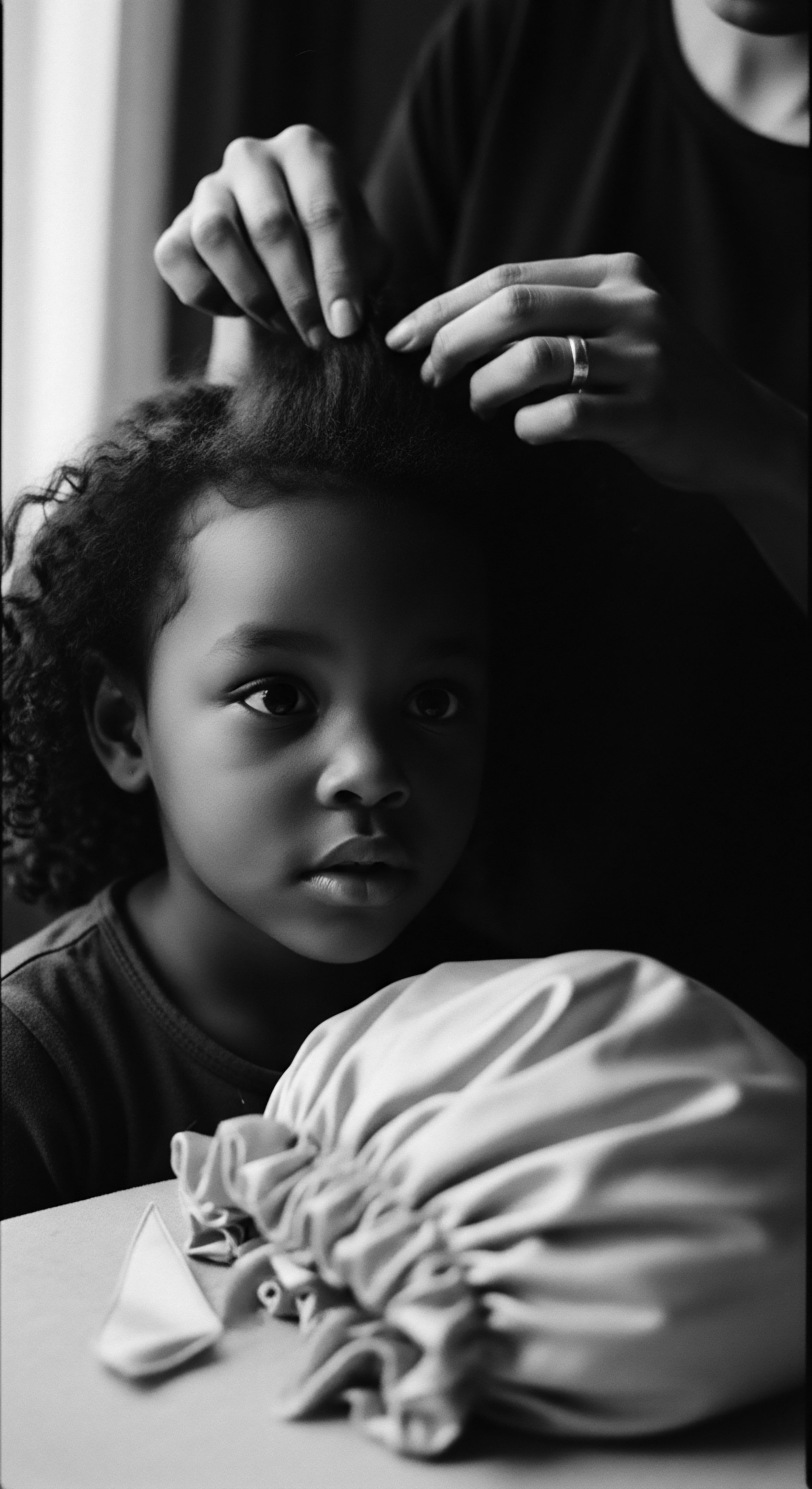
The Hair’s Outer Garment
Imagine the hair strand as a sacred vessel, its outer garment, the cuticle, composed of overlapping scales akin to the shingles on a roof. The 18-MEA resides on the outermost surface of these cuticle cells, forming what is often termed the F-layer. This layer is not merely a coating; it is covalently bound to the proteins beneath, forming a resilient, yet vulnerable, part of the hair’s natural architecture. This intimate connection to the hair’s structure underscores why its preservation is paramount for hair health, particularly for hair types that are already more susceptible to environmental and mechanical challenges.
The physical attributes bestowed by 18-MEA contribute to the hair’s overall resilience. It helps regulate the hair’s interaction with moisture, preventing excessive swelling when wet and aiding in the retention of vital hydration. This protective function is particularly important for textured hair, which, despite often possessing higher overall lipid content, can still be prone to dryness due to its unique structural properties and susceptibility to moisture loss. Understanding this fundamental layer allows us to appreciate the delicate balance required to maintain the vibrancy and vitality of hair passed down through generations.
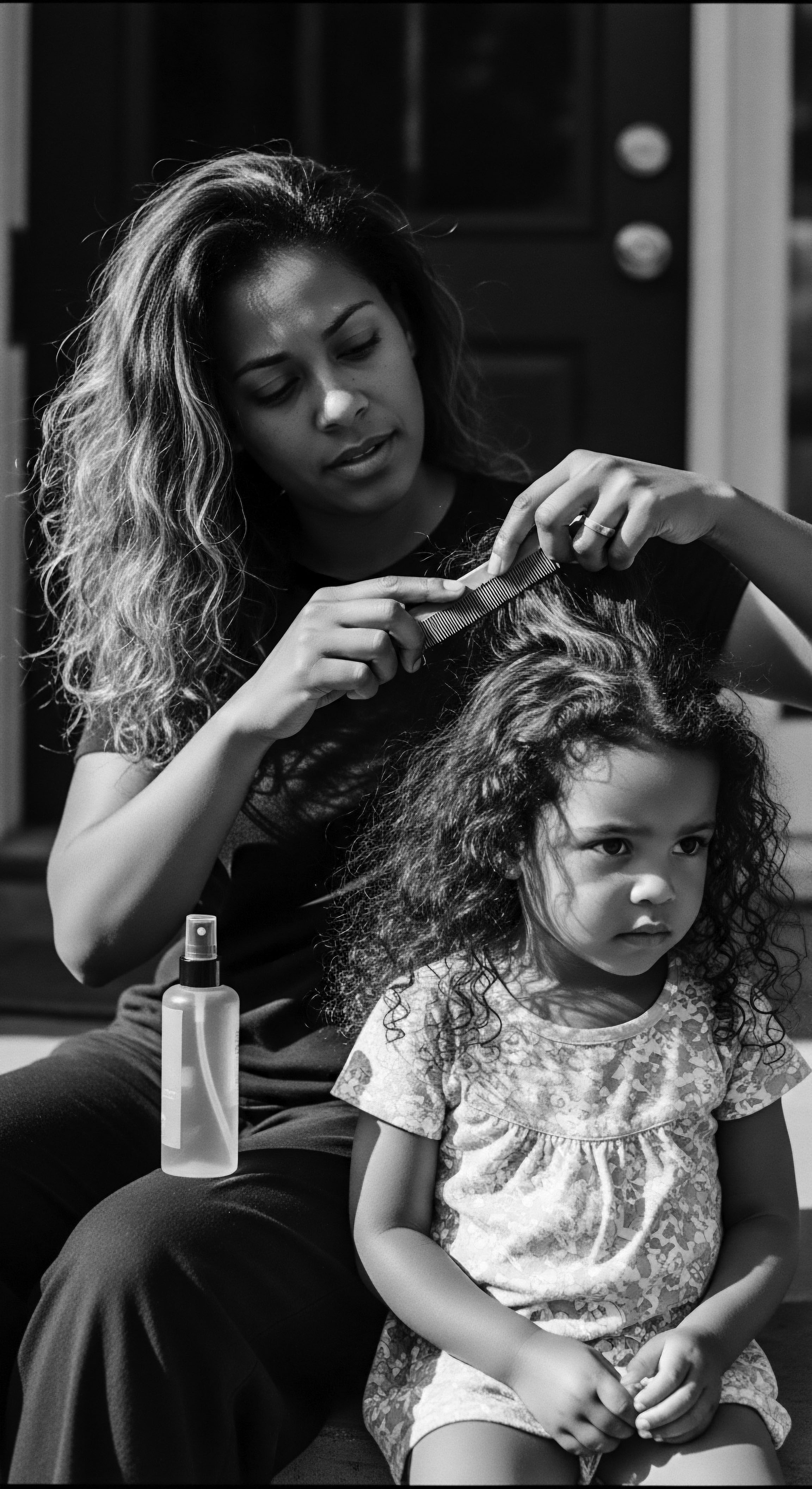
Why 18-MEA Matters for Textured Hair
For textured hair, encompassing the diverse spectrum of curls, coils, and waves, the integrity of the 18-MEA layer carries a heightened significance. The inherent geometry of these hair types, with their elliptical and curved shapes, creates natural points of weakness and can lead to increased fragility. The natural lubrication provided by 18-MEA helps mitigate the friction that can arise from these intricate curl patterns, reducing the likelihood of tangles and breakage. Without this protective lipid, textured hair becomes more vulnerable to external aggressors and daily manipulation.
Historical practices of hair care, often passed down through ancestral lines, intuitively sought to maintain this delicate balance, even without the scientific lexicon we possess today. Traditional ingredients and methods aimed at nourishing the hair and scalp, indirectly preserving the very elements that modern science identifies as 18-MEA. This ancestral wisdom, steeped in observation and lived experience, laid the groundwork for contemporary understanding of hair’s intrinsic needs.
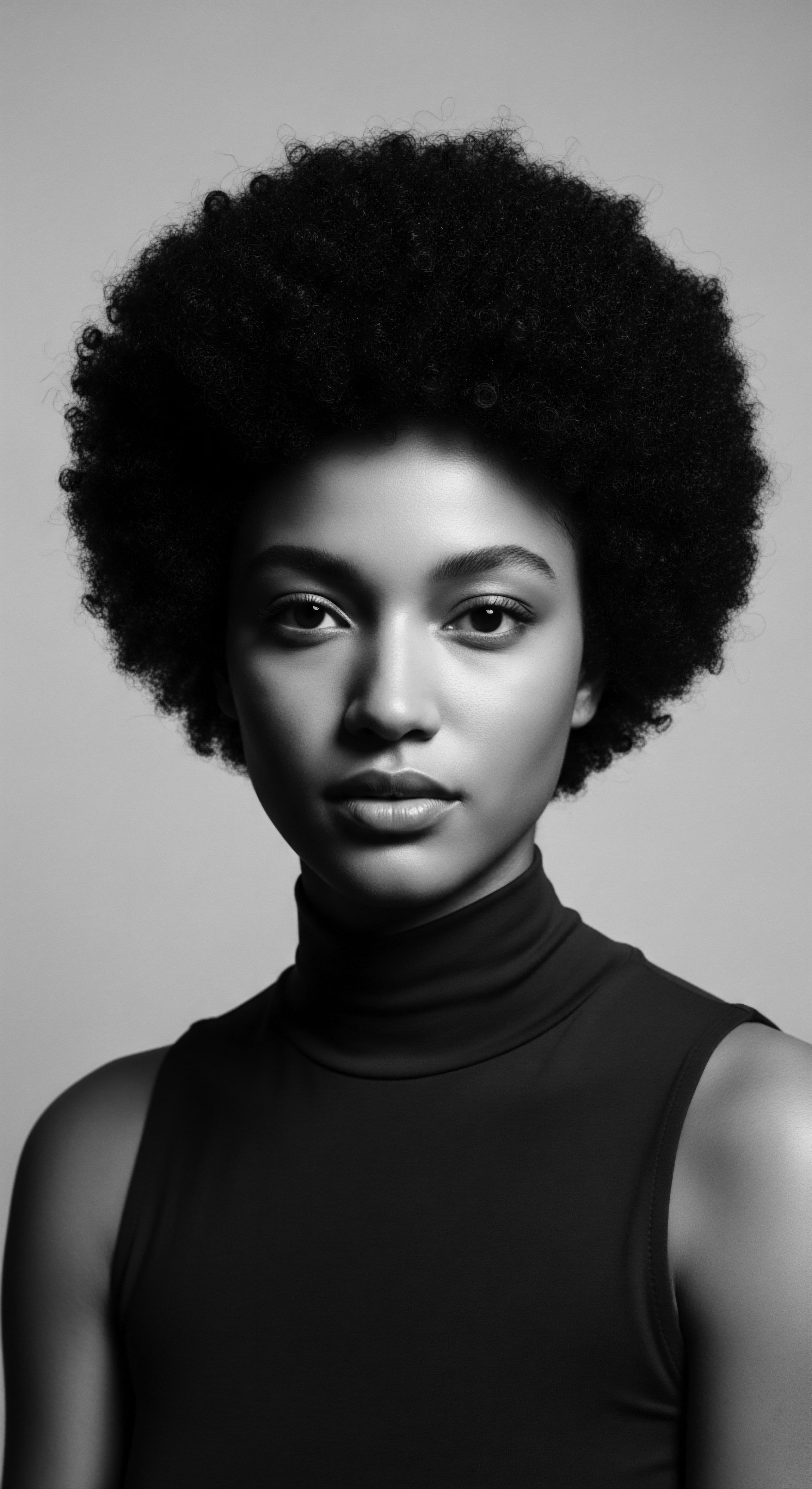
Intermediate
Moving beyond a basic understanding, the 18-MEA, or 18-methyleicosanoic acid, stands as a primary lipid of the hair fiber, covalently bound to the epicuticle, the outermost membrane of the hair cuticle. This unique branched-chain fatty acid accounts for a significant portion of the hair’s lipid composition, with studies indicating it comprises approximately 41% of human hair lipids. Its particular molecular structure allows it to create a hydrophobic surface, effectively repelling water and minimizing swelling of the hair fiber when wet. This water-repellent property is crucial for maintaining the hair’s structural integrity and overall health, especially for textured hair which is inherently more prone to moisture imbalances.
The functionality of 18-MEA extends to its role as a boundary lubricant, significantly reducing friction between individual hair strands. This reduction in friction contributes to easier detangling, smoother combing, and a reduction in mechanical damage during styling. When 18-MEA is diminished or lost, the hair surface becomes more hydrophilic, leading to increased friction, greater entanglement, and a sensation of dryness or difficulty in managing the hair. This change in surface properties profoundly impacts the sensory perception of hair, influencing how it feels to the touch and its visual appearance.
The presence of 18-MEA shapes the hair’s tactile experience and its resilience against daily wear.
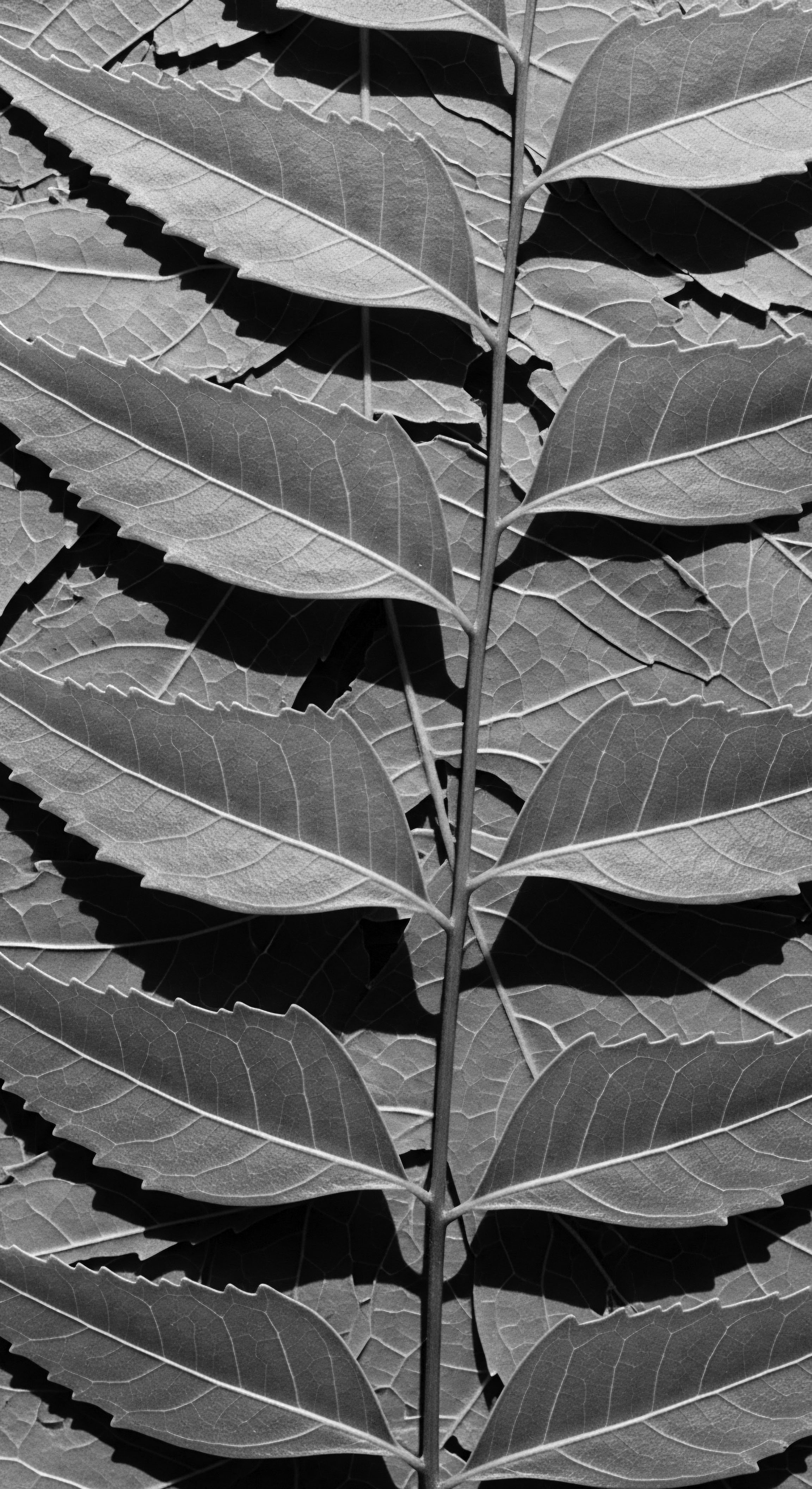
The Delicate Balance ❉ Loss and Renewal
The integrity of the 18-MEA layer is susceptible to various external factors, including chemical treatments, heat styling, and environmental exposure. Alkaline treatments, such as hair coloring, permanent waving, and particularly chemical relaxers, are known to readily remove 18-MEA, leaving the hair surface more vulnerable and porous. This stripping of the natural lipid barrier not only increases the hair’s affinity for water but also renders the inner cortex more susceptible to damage. The cumulative effect of such treatments can lead to increased fragility and breakage, particularly for textured hair types already predisposed to dryness and mechanical stress.
The scientific community has explored methods to restore this vital lipid. Synthetic versions of 18-MEA, or compounds designed to mimic its structure and function, are now incorporated into hair care formulations. These restorative ingredients aim to replenish the depleted lipid layer, thereby improving hydrophobicity, reducing friction, and enhancing the overall texture and appearance of damaged hair. This modern scientific pursuit echoes the ancient practices that intuitively sought to protect and nourish the hair’s outer layers, albeit through different means.
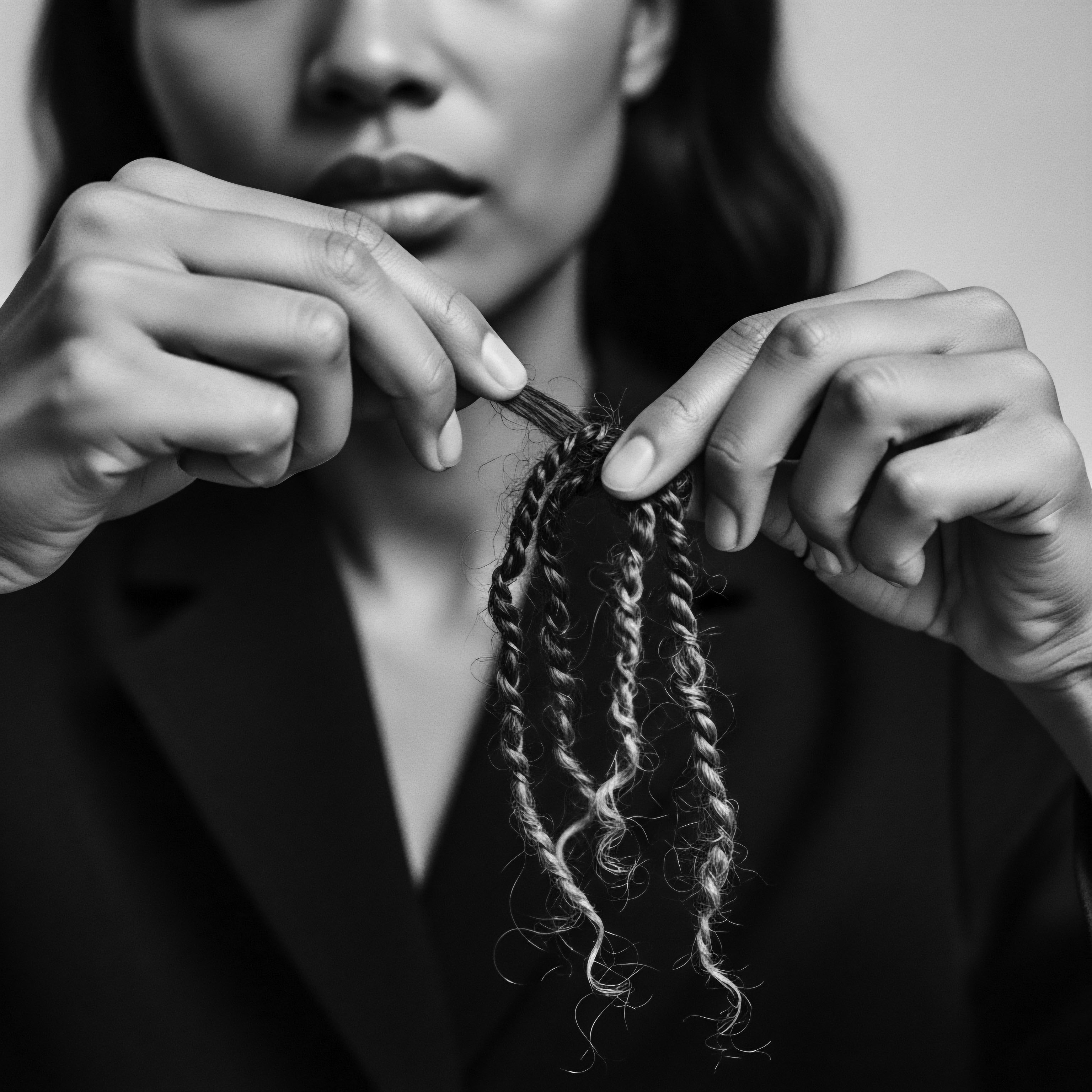
Ancestral Echoes in Modern Understanding
Generations of Black and mixed-race communities, through their inherited hair care traditions, developed practices that, unbeknownst to them, preserved the very properties 18-MEA provides. Long before scientific laboratories isolated this fatty acid, ancestral practices involving natural oils and butters served to lubricate and seal the hair’s surface. These traditional ingredients, often rich in fatty acids, created a protective coating that mimicked the barrier function of 18-MEA, reducing friction and aiding moisture retention.
Consider the use of Shea Butter (Vitellaria paradoxa) or Palm Oil (Elaeis guineensis) in West African hair traditions. These plant-derived lipids, deeply woven into the fabric of daily life, were applied to hair to provide slip, prevent tangling, and impart a healthy sheen. While their precise chemical mechanisms were unknown, their practical benefits aligned directly with the functions of 18-MEA ❉ reducing friction, enhancing manageability, and preserving the hair’s moisture balance. This demonstrates a profound, embodied knowledge passed down through generations, recognizing the hair’s need for a protective, lubricating layer.
The application of Black Soap (Ose Dudu) for cleansing, often followed by rich oiling practices, represented a holistic approach to hair care that supported the hair’s natural defenses. Such rituals, deeply rooted in cultural contexts, offer a powerful illustration of how ancestral wisdom, passed through oral traditions and communal practices, intuitively addressed hair health in ways now affirmed by contemporary scientific inquiry. The legacy of these practices continues to inform and inspire natural hair care movements today.
The table below outlines some traditional ingredients used in hair care across African communities and their potential, scientifically understood benefits that align with 18-MEA’s function.
| Traditional Ingredient Shea Butter (Vitellaria paradoxa) |
| Common Ancestral Use Moisturizing, softening, aiding detangling. |
| Scientific Link to 18-MEA Function Rich in fatty acids, forms a protective lipid layer, reducing friction and sealing moisture. |
| Traditional Ingredient Palm Oil (Elaeis guineensis) |
| Common Ancestral Use Lubrication, shine, scalp nourishment. |
| Scientific Link to 18-MEA Function Contains saturated and unsaturated fatty acids that can coat hair, improving slip and protection. |
| Traditional Ingredient Coconut Oil (Cocos nucifera) |
| Common Ancestral Use Penetration, protein loss reduction, conditioning. |
| Scientific Link to 18-MEA Function Unique molecular structure allows penetration into the hair shaft, reducing protein loss and providing a protective film. |
| Traditional Ingredient Jojoba Oil (Simmondsia chinensis) |
| Common Ancestral Use Mimics natural sebum, conditioning scalp and hair. |
| Scientific Link to 18-MEA Function Liquid wax esters structurally similar to hair's natural lipids, providing surface lubrication. |
| Traditional Ingredient These ancestral practices, though lacking modern scientific terminology, intuitively preserved the hair's outer integrity, mirroring the protective roles now attributed to 18-MEA. |
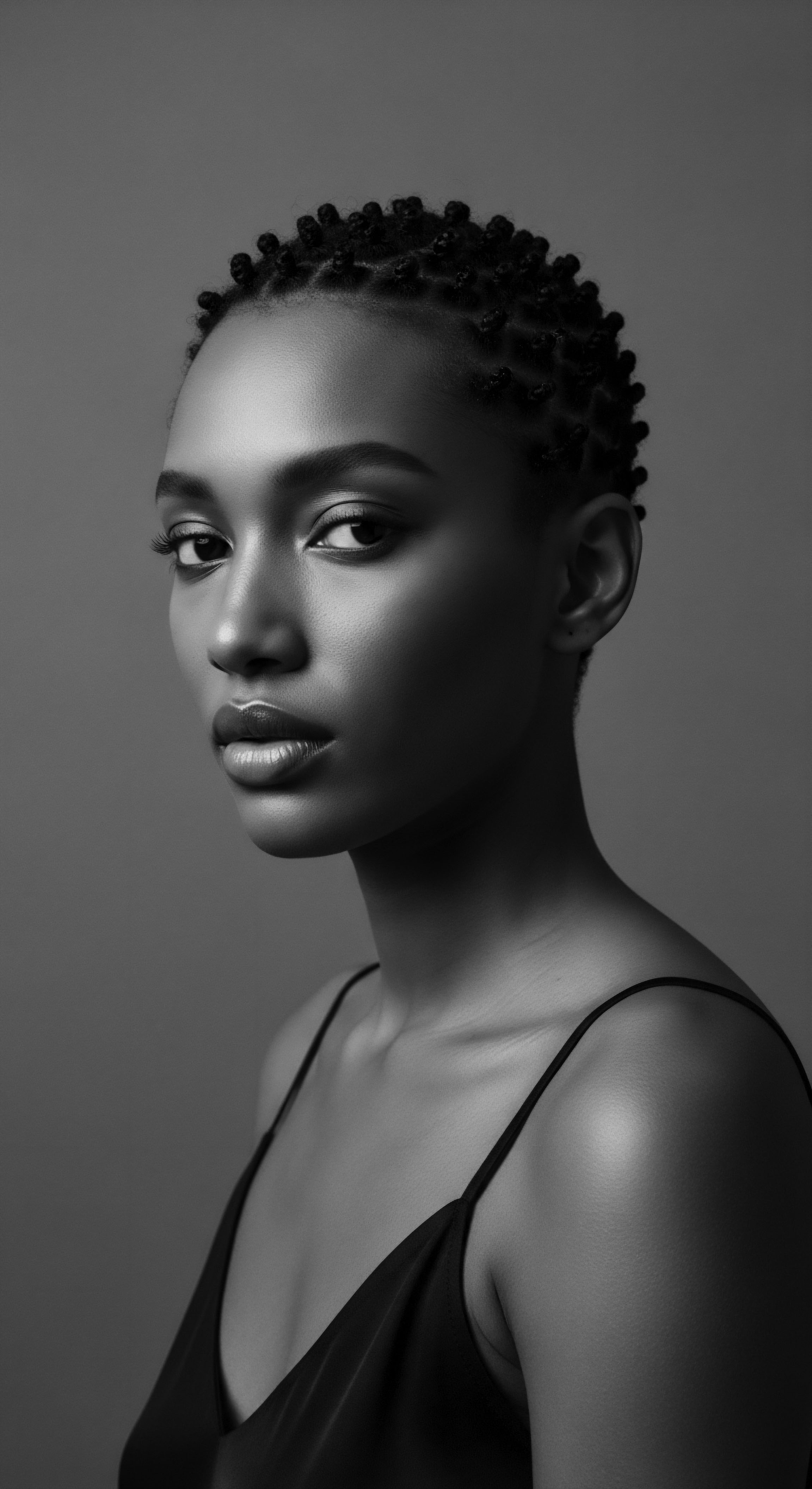
Academic
The 18-Methyleicosanoic Acid (18-MEA) represents a branched-chain fatty acid covalently bonded to the hair’s outermost cuticle layer, specifically within the F-layer or epicuticle. This covalent attachment, primarily through thioester or ester linkages to ultra-high sulfur proteins, establishes 18-MEA as an integral, non-extractable component of the hair fiber’s surface. Its molecular configuration, characterized by a methyl branch at the 18th carbon of a 20-carbon chain, imparts distinct biophysical properties to the hair surface. The primary function of this lipid monolayer is to confer hydrophobicity, effectively rendering the hair surface water-repellent, which is crucial for preventing excessive water absorption and subsequent swelling that can compromise structural integrity.
Beyond hydrophobicity, 18-MEA acts as a critical boundary lubricant, reducing inter-fiber friction and facilitating the smooth alignment of hair strands. This tribological attribute is particularly salient for textured hair, where inherent curl patterns increase points of contact and potential for mechanical abrasion.
The sustained presence of 18-MEA directly correlates with optimal hair manageability, sensory attributes such as softness and slipperiness, and overall resistance to external stressors. Its degradation or removal, often induced by alkaline chemical treatments (e.g. permanent waving, hair coloring, chemical relaxers) or chronic mechanical stress, leads to a hydrophilic surface, increased friction, and a diminished ability to retain internal moisture.
This compromised surface integrity predisposes the hair to further damage, including cuticle lifting, protein loss from the cortex, and heightened susceptibility to breakage. The consequences of 18-MEA depletion are thus systemic, impacting both the physical resilience and aesthetic qualities of the hair fiber.
The integrity of 18-MEA, a branched-chain fatty acid, dictates hair’s surface hydrophobicity and its ability to resist frictional damage.
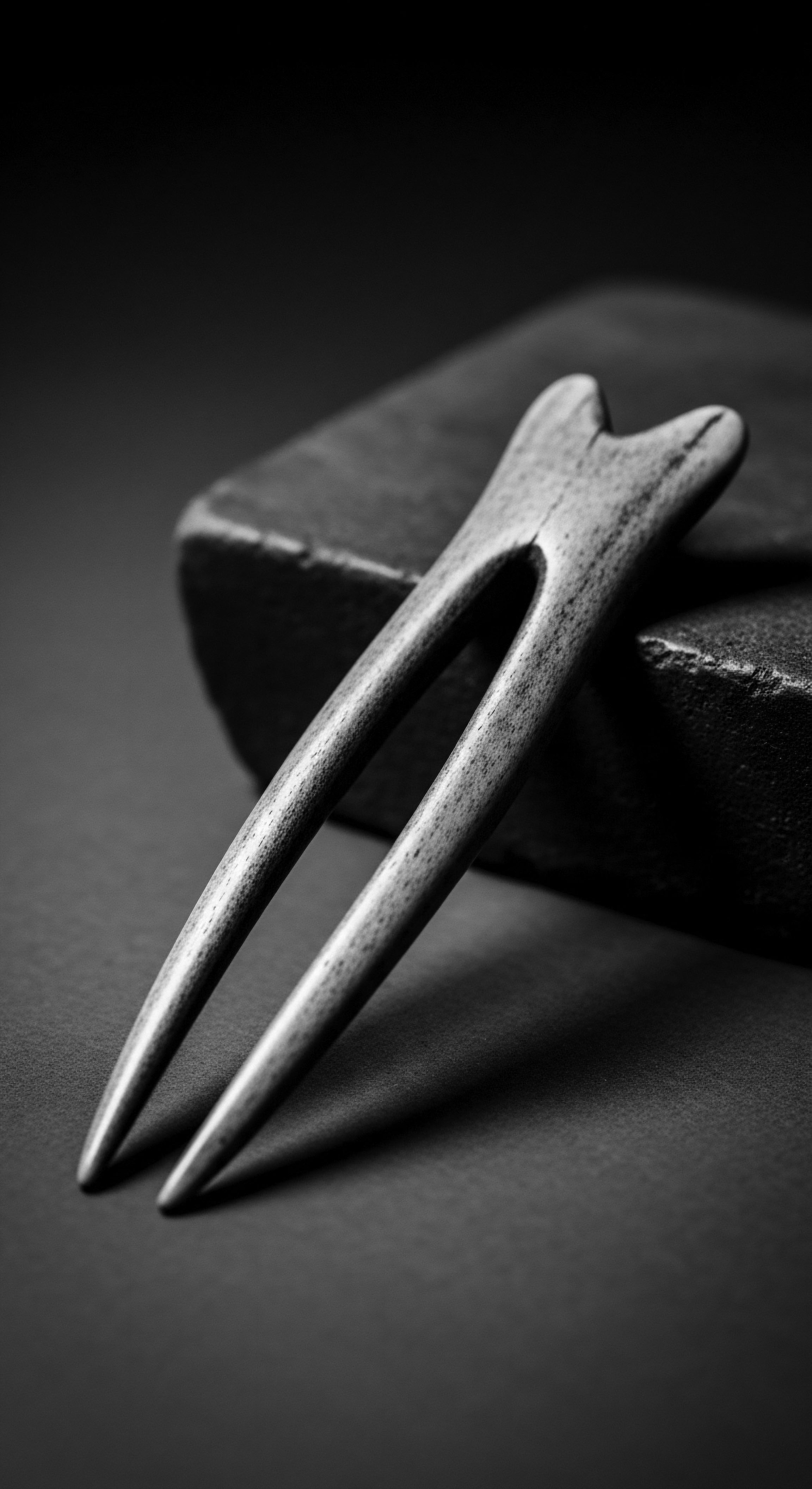
Echoes from the Source ❉ The Biological Genesis and Ancient Practices
The biological synthesis of 18-MEA occurs within the hair follicle, where it is incorporated into the nascent hair fiber as it grows. This endogenous production underscores its foundational role in the hair’s protective mechanisms. The precise energetic investment required for the synthesis of this branched-chain fatty acid, compared to more common straight-chain fatty acids, speaks to its specialized biological significance. This intrinsic biological design provides hair with its initial defenses against environmental assaults, a testament to the body’s sophisticated adaptive capacities.
Across ancient civilizations, particularly within African communities, a profound understanding of hair’s elemental needs existed, long before the advent of molecular biology. Ancestral hair care rituals, often passed down through oral traditions and communal practices, intuitively recognized the hair’s need for lubrication and protection. The use of natural emollients, such as Moringa Oil (Moringa oleifera) in parts of East Africa or Baobab Oil (Adansonia digitata) in Southern Africa, provided external lipid layers that functionally compensated for, or preserved, the hair’s native 18-MEA.
These oils, rich in saturated and unsaturated fatty acids, formed hydrophobic films on the hair surface, reducing water uptake and minimizing friction, thereby extending the life and vitality of intricate hairstyles. This historical knowledge, deeply rooted in ethnobotanical wisdom, highlights a continuous human endeavor to maintain hair health, bridging elemental biology with practical application.
The deliberate incorporation of oils and butters into styling routines, especially for tightly coiled hair, was not merely cosmetic. It was a strategic intervention against the natural tendencies of such hair to dry out and tangle. The inherent curvature of textured hair, with its multiple twists and turns, means that natural scalp oils struggle to travel down the entire length of the hair shaft, leaving the ends particularly vulnerable. Traditional oiling practices provided an external solution to this biological reality, reinforcing the hair’s protective barrier and mimicking the lubricity that 18-MEA offers at a microscopic level.
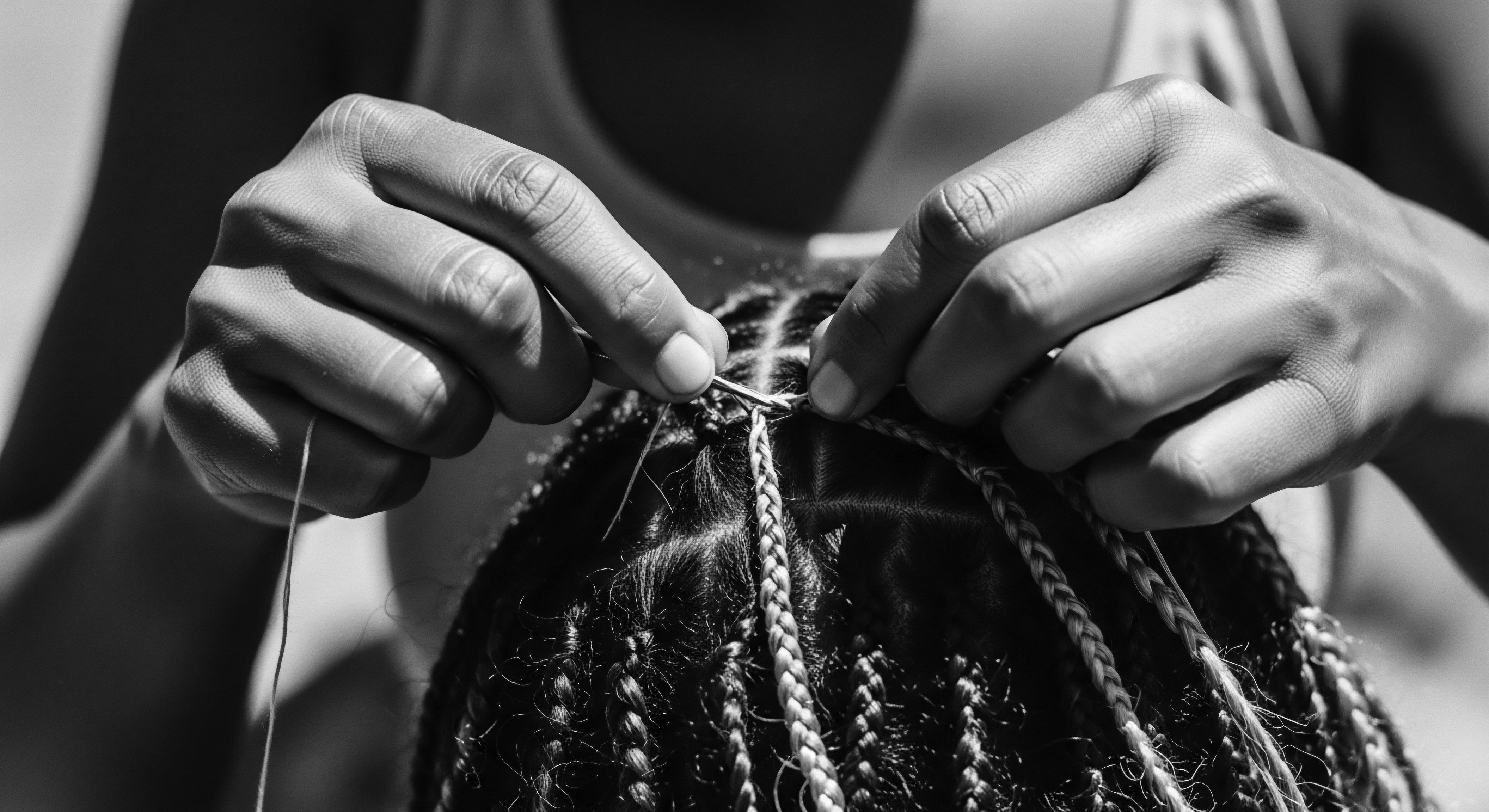
The Genesis of Protection
- Endogenous Production ❉ 18-MEA is synthesized within the hair follicle, a testament to its fundamental role in hair fiber integrity from its very inception.
- Molecular Structure ❉ Its unique branched-chain configuration contributes to its ability to create a highly organized, water-repellent surface on the hair cuticle.
- Protective Layer ❉ This lipid forms the F-layer, a covalently bound monolayer that acts as the primary interface between the hair and its environment.
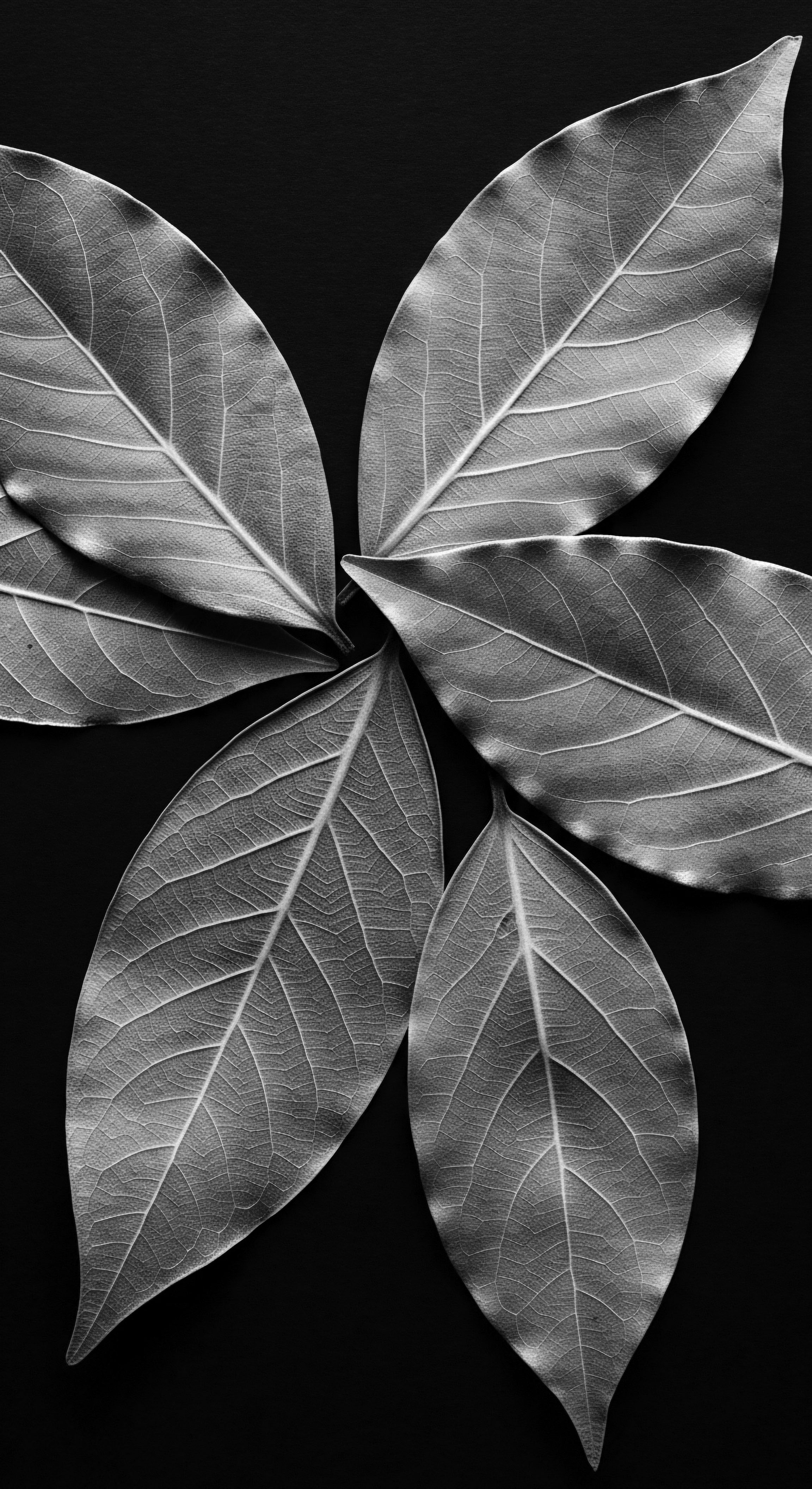
The Tender Thread ❉ Living Traditions and Community Care
The journey of textured hair through history is one of resilience and adaptation, where communal care practices have played a pivotal role in preserving hair health, often compensating for the degradation of essential components like 18-MEA. During periods of immense social upheaval, such as the transatlantic slave trade, enslaved Africans were forcibly stripped of their traditional hair care tools, ingredients, and the time required for elaborate styling rituals. This systematic denial of self-care contributed to matted, tangled, and damaged hair, yet the communal memory of protective practices persisted.
In the face of adversity, Black communities developed new traditions of care, often sharing knowledge and resources to maintain hair health. The collective act of braiding, oiling, and detangling became not only a practical necessity but also a powerful expression of cultural continuity and resistance. These practices, though sometimes born of scarcity, reinforced the principles of lubrication and protection that 18-MEA provides. The emphasis on gentle manipulation, consistent moisture, and the application of various oils and butters (such as those from the Carapa Procera tree, used in parts of West Africa for its emollient properties) aimed to mitigate the physical damage that stripped the hair’s natural defenses.
A compelling historical case study illustrating the impact of 18-MEA depletion, albeit indirectly, arises from the widespread adoption of chemical relaxers within Black communities from the early 20th century onwards. These alkaline treatments, designed to permanently straighten tightly coiled hair, are known to cause significant damage to the hair cuticle, including the irreversible removal of 18-MEA. Dermatological research indicates that chemical relaxers weaken the hair shaft, causing loss of protein material and severe damage to the cuticle. This alteration leads to increased hair porosity, dryness, and heightened fragility, making the hair more susceptible to breakage.
The resulting hair often requires extensive external lubrication and conditioning to mimic the protective qualities lost with 18-MEA. The experience of millions of Black women who endured years of damaged hair due to chemical straightening stands as a poignant example of how the systemic degradation of a fundamental hair component, like 18-MEA, had profound implications for both physical hair health and the cultural narrative surrounding Black beauty standards. This historical trajectory underscores the enduring struggle for self-acceptance and the reclamation of natural hair, where understanding the role of 18-MEA in hair integrity becomes a part of a larger story of heritage and wellness.
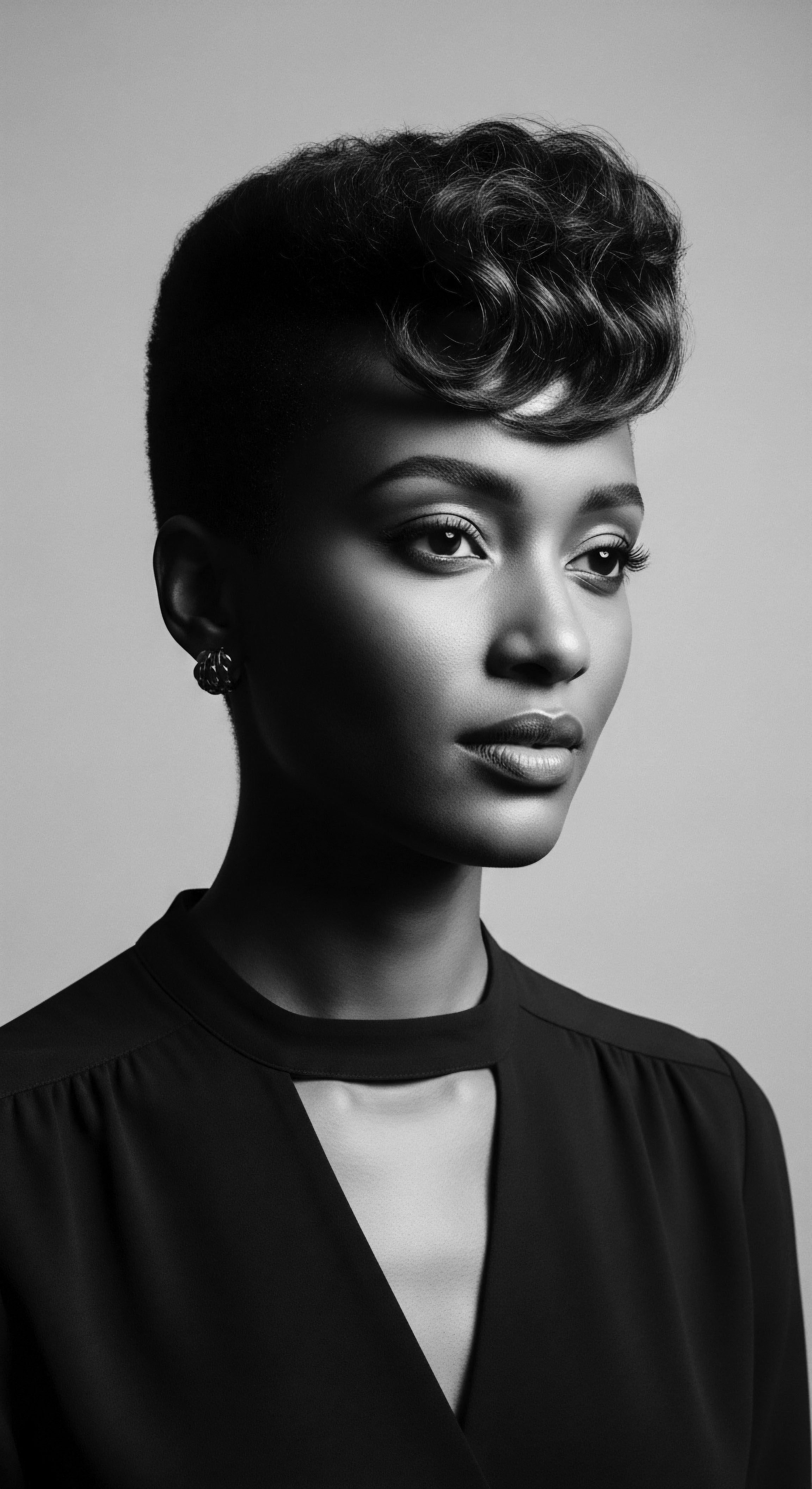
The Evolution of Care
- Communal Grooming ❉ Hair care in many African and diasporic communities was, and remains, a communal activity, fostering knowledge transfer and reinforcing cultural bonds.
- Protective Styling ❉ Styles like braids and twists, prevalent across generations, served not only aesthetic purposes but also minimized exposure and mechanical stress to the hair, indirectly preserving its outer lipid layer.
- Traditional Formulations ❉ The persistent use of plant-based oils and butters, often prepared through ancestral methods, offered external lubrication and barrier protection, compensating for hair’s natural vulnerabilities.
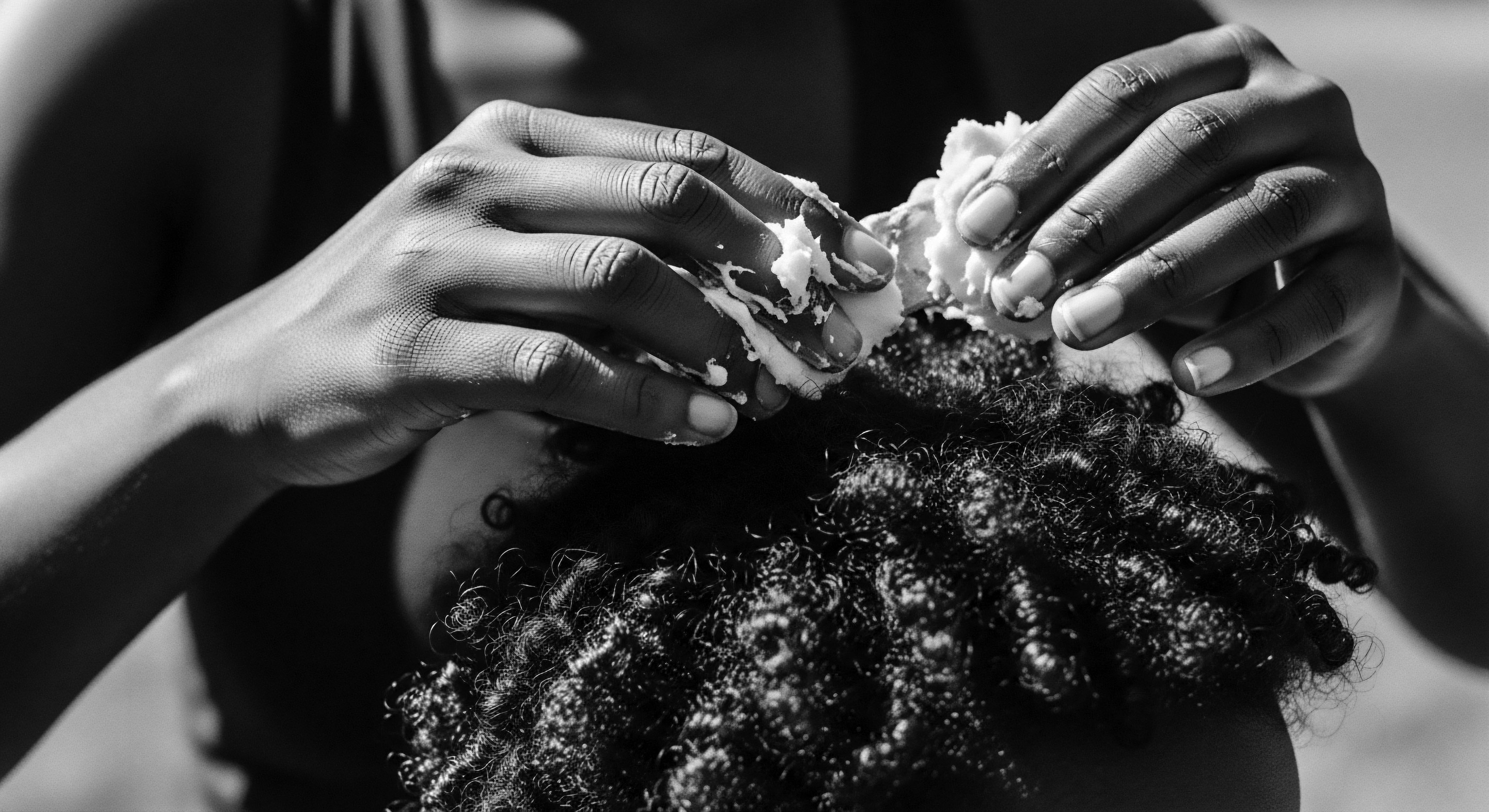
The Unbound Helix ❉ Voicing Identity and Shaping Futures
The scientific comprehension of 18-MEA’s precise chemical and physical contributions to hair health provides a contemporary lens through which to appreciate ancestral hair care wisdom. This understanding allows for a more informed approach to formulating products that genuinely support textured hair, moving beyond superficial conditioning to address fundamental structural needs. The renewed focus on natural hair movements across the African diaspora, which celebrates the diverse textures of Black and mixed-race hair, inherently aligns with the principles of preserving the hair’s native integrity, including its 18-MEA layer.
The deliberate choice to eschew chemical treatments that strip hair of its natural protective elements represents a powerful act of self-acceptance and cultural affirmation. This shift in beauty standards, moving towards honoring the hair’s authentic state, reflects a deeper connection to heritage and a desire for holistic well-being. When individuals choose to nourish their textured hair with ingredients that mimic or support 18-MEA, they are, in essence, participating in a continuum of care that spans generations, connecting modern scientific insights with ancient traditions.
The future of textured hair care, informed by the scientific delineation of components like 18-MEA, promises innovations that are not merely cosmetic but genuinely restorative. Research into biomimetic technologies seeks to replicate the F-layer, offering solutions that can substantively replenish lost 18-MEA, thereby restoring hydrophobicity and reducing friction. This direction in product development moves beyond temporary surface effects, aiming for a more lasting repair that aligns with the hair’s natural architecture.
Understanding 18-MEA empowers a return to ancestral wisdom, affirming hair’s natural integrity as a source of strength and identity.
Moreover, the conversation surrounding 18-MEA and its importance for textured hair extends into the broader discourse on environmental justice and ethical sourcing. Many of the traditional ingredients that support hair health are derived from plants indigenous to Africa and other regions with rich hair care heritage. A conscious engagement with these resources demands equitable partnerships and a recognition of the intellectual property inherent in ancestral knowledge systems. The scientific study of 18-MEA thus becomes a bridge, connecting the precise molecular world with the expansive cultural landscapes of hair traditions, fostering a deeper appreciation for the hair’s inherent resilience and the wisdom embedded within its heritage.
The table below provides a historical overview of how various hair care practices, particularly those affecting textured hair, have impacted the integrity of the hair’s outer layers, including 18-MEA.
| Historical Period/Practice Pre-Colonial African Practices |
| Description Extensive use of natural oils, butters, and protective styling (braids, twists) for aesthetic and cultural purposes. |
| Impact on Hair Surface (incl. 18-MEA) Maintained surface lubrication, reduced friction, and preserved natural hydrophobicity, indirectly protecting 18-MEA. |
| Historical Period/Practice Slavery Era Hair Practices |
| Description Forced shaving, limited access to tools/ingredients, leading to matted hair. Subsequent adaptation with rudimentary care. |
| Impact on Hair Surface (incl. 18-MEA) Severe disruption of natural protective layers due to neglect and harsh conditions; likely significant 18-MEA loss. |
| Historical Period/Practice Early 20th Century Chemical Relaxers |
| Description Introduction of lye-based chemical straighteners to alter hair texture for Eurocentric beauty standards. |
| Impact on Hair Surface (incl. 18-MEA) Direct, irreversible removal of 18-MEA due to high alkalinity, leading to increased porosity, dryness, and breakage. |
| Historical Period/Practice Mid-20th Century "Jheri Curl" |
| Description Chemical treatment creating loose, wet curls, often involving thioglycolates. |
| Impact on Hair Surface (incl. 18-MEA) Chemical alteration of hair structure, potentially compromising cuticle integrity and 18-MEA. |
| Historical Period/Practice Late 20th/Early 21st Century Natural Hair Movement |
| Description Rejection of chemical treatments, embracing natural curl patterns, focus on gentle care and natural ingredients. |
| Impact on Hair Surface (incl. 18-MEA) Emphasis on preserving hair's native structure, minimizing 18-MEA loss, and supporting natural lipid barriers. |
| Historical Period/Practice The history of textured hair care reflects a continuous interplay between ancestral wisdom, societal pressures, and evolving scientific understanding of hair's intrinsic components like 18-MEA. |
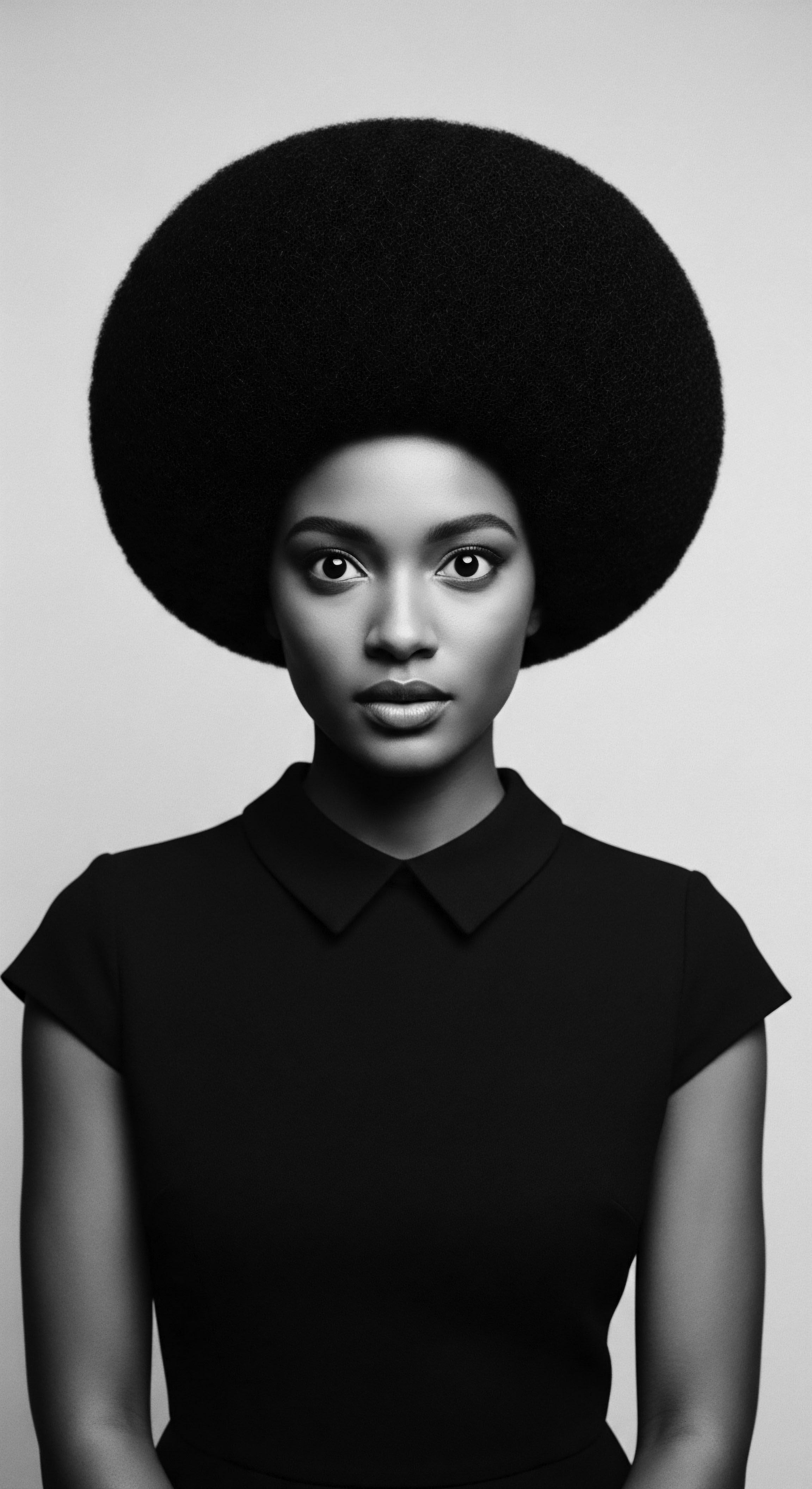
Reflection on the Heritage of 18-MEA
The journey through the scientific definition and cultural resonance of 18-MEA, as a foundational component of hair, reveals a narrative far richer than mere molecular structure. It is a story woven into the very fabric of textured hair heritage, echoing from the ancestral hearths where oils were first pressed to the modern laboratories where lipid layers are meticulously studied. The integrity of this microscopic shield, the 18-MEA, stands as a quiet witness to the enduring strength and adaptability of hair, particularly within Black and mixed-race communities.
Roothea’s ‘living library’ acknowledges that each coil, each curl, each wave carries not only genetic code but also the whispers of generations past. The intuitive care practices of our ancestors, who adorned and protected their hair with plant-derived emollients, were, in essence, honoring the very functions that 18-MEA performs. They understood, through observation and inherited wisdom, that hair required a delicate touch, a protective veil against the elements, and consistent nourishment to maintain its vitality. This ancestral knowledge, though expressed in different terms, aligns with contemporary scientific insights into hair’s lipid architecture.
To comprehend 18-MEA is to gain a deeper appreciation for the profound wisdom embedded in traditional hair care. It is to recognize that the pursuit of healthy, vibrant textured hair is not a modern invention, but a continuum of care passed down through resilient lineages. As we move forward, armed with both scientific clarity and a reverence for heritage, the understanding of 18-MEA becomes a guiding light.
It reminds us that the true strength and beauty of textured hair lie not in its alteration, but in its authentic preservation, honoring the biological gifts and the cultural legacies that reside within each strand. This journey of understanding reinforces the timeless connection between our hair, our identity, and the enduring spirit of our ancestors.
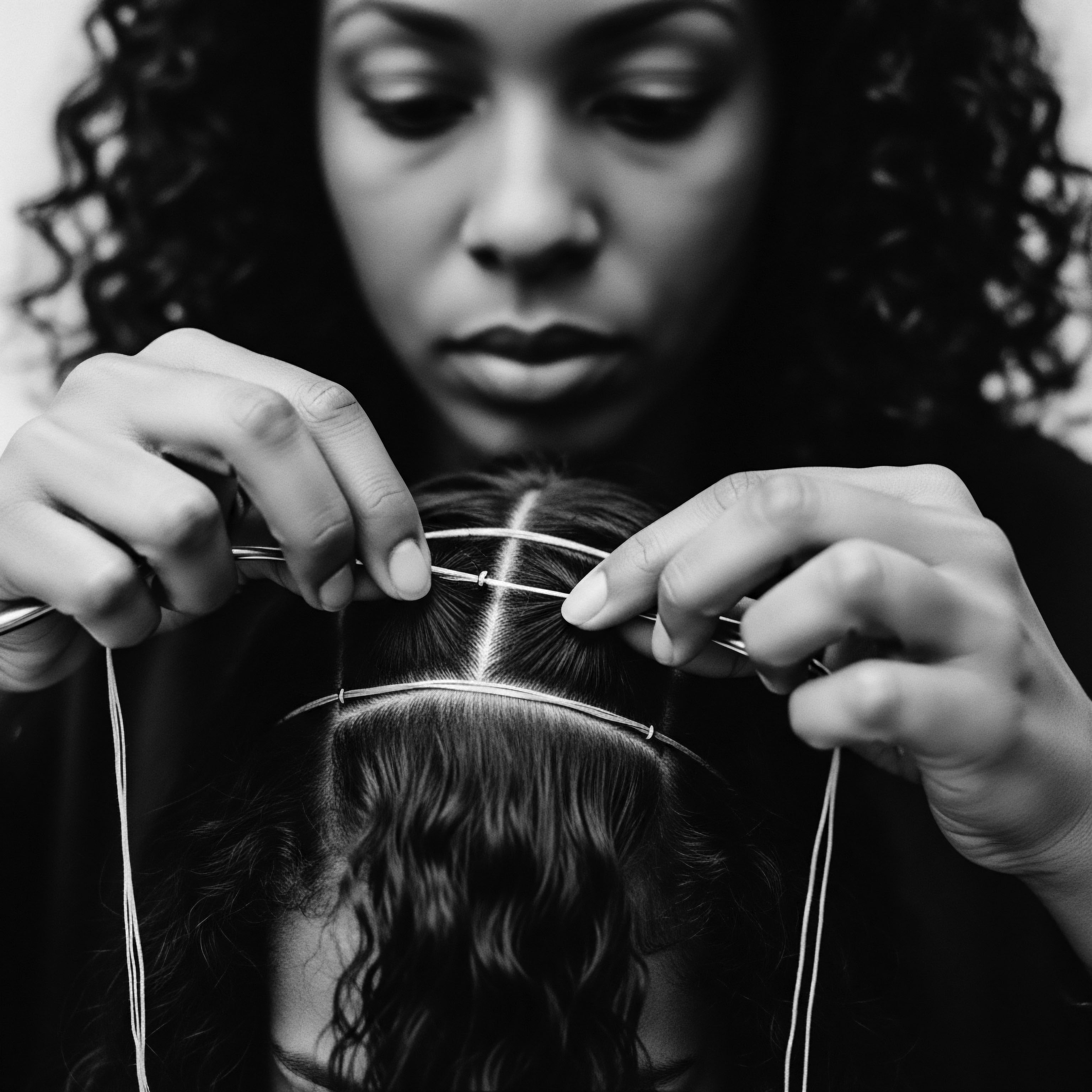
References
- Porter, G. C. R. & Smith, R. J. (1998). The role of 18-methyleicosanoic acid in the surface properties of human hair. Journal of Cosmetic Science, 49 (1), 27–38.
- Tokunaga, S. Tanamachi, H. & Ishikawa, K. (2019). Degradation of Hair Surface ❉ Importance of 18-MEA and Epicuticle. Cosmetics, 6 (2), 31.
- Batista, M. (2020). Self-assembly of Fatty Acids of Hair at the water-air interface. KTH Royal Institute of Technology.
- Grandha. (2020, September 16). 18-MEA ❉ Very Important Lipid for Hair Fiber .
- Cosmetics & Toiletries. (2013, November 12). Restoring Essential Hair Fiber Lipids with Quaternized 18-MEA .
- Umthi. (2023, September 14). The Cultural Significance and Representation of Afro-Textured Hair ❉ A Symbol of Identity, Self-Expression, and Resistance .
- African American Registry. (n.d.). Black Hair Care and Its Culture, a story .
- Kodd Magazine. (n.d.). African hair tells a story and inspires the future .
- University of Michigan. (n.d.). Black Women and Identity ❉ What’s Hair Got to Do With It?
- African American Museum of Iowa. (n.d.). History of Hair .
- Afriklens. (2024, November 1). African Hairstyles ❉ Cultural Significance and Legacy .
- Mouchane, M. Taybi, H. Gouitaa, N. & Assem, N. (2023). Ethnobotanical Survey of Medicinal Plants used in the Treatment and Care of Hair in Karia ba Mohamed (Northern Morocco). Journal of Medicinal Plants and By-products, 13 (1), 201-208.
- Dias, M. F. R. G. (2015). Hair Cosmetics ❉ An Overview. International Journal of Trichology, 7 (1), 2–15.
- Keis, K. et al. (2005). Effect of coconut oil on hair ❉ An in vitro study. Journal of Cosmetic Science, 56 (5), 283-295.
- Franbourg, A. et al. (2003). African hair ❉ a unique morphology. International Journal of Dermatology, 42 (S1), 12-16.
